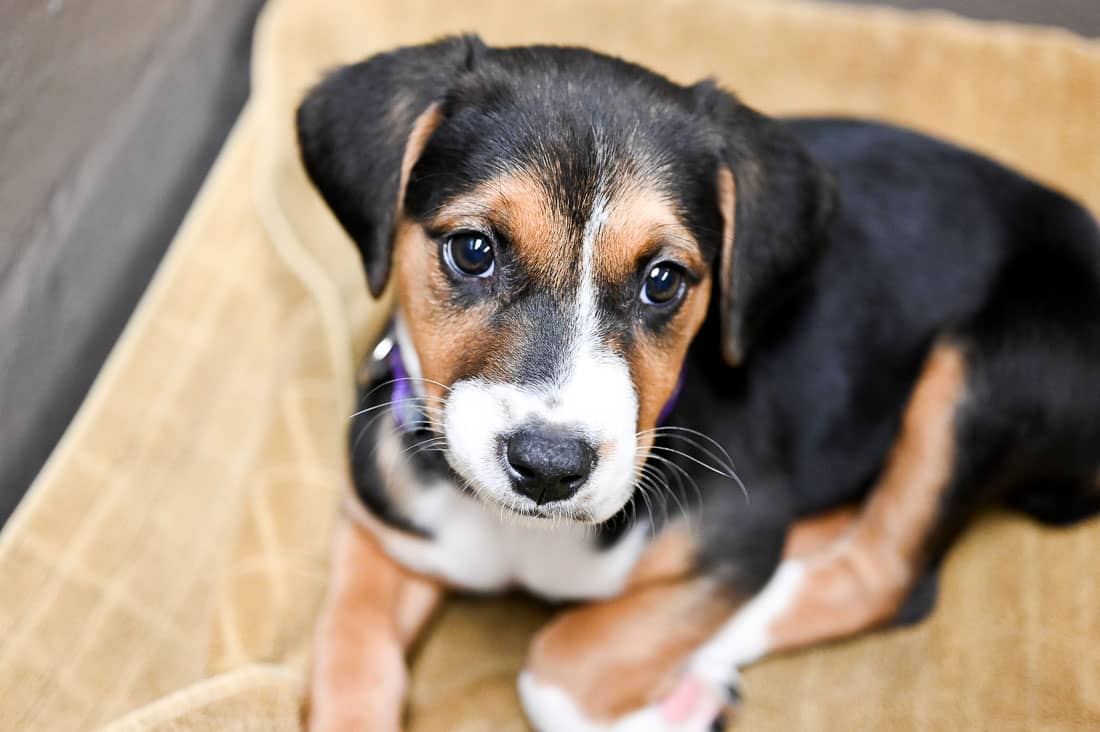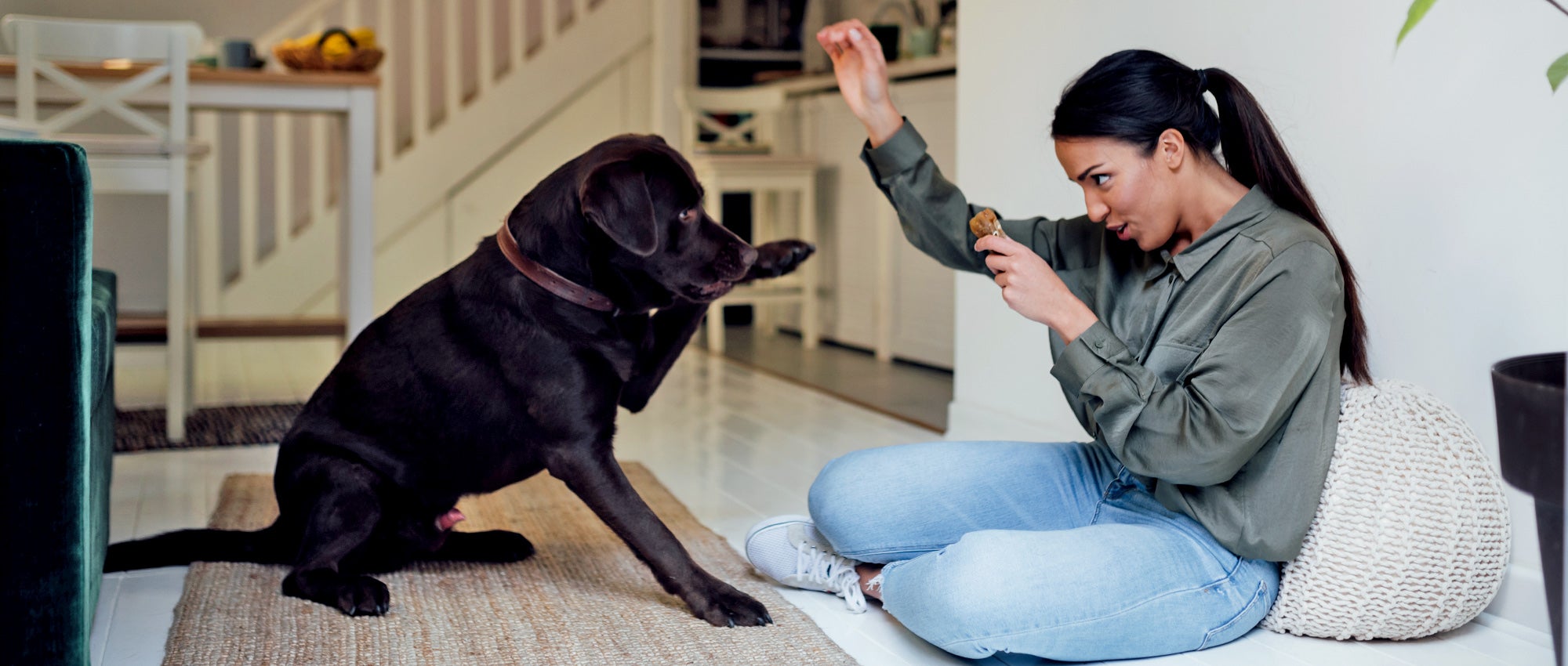The Benefits of Early Dog Training for a Well-Behaved Animal
The Benefits of Early Dog Training for a Well-Behaved Animal
Blog Article
Important Tips for Successful Dog Training: A Guide for Family Pet Owners
Effective pet dog training is a diverse process that calls for a tactical approach customized to both the animal's personality and the proprietor's objectives. Recognizing how to browse these challenges can significantly improve the training experience, ultimately changing the connection between proprietor and canine.
Recognizing Canine Behavior
Understanding dog actions is crucial for efficient training and fostering an unified relationship in between dogs and their owners. Dogs connect mainly with body movement, vocalizations, and actions, making it critical for proprietors to translate these signals accurately. Acknowledging a canine's pose, tail placement, and ear positioning can supply understandings into its emotional state. A wagging tail does not always show joy; it can also signify enjoyment or stress and anxiety.

Socializing plays a considerable function in dog habits; exposure to various settings, people, and various other animals can substantially impact a pet's character. Moreover, elements such as type characteristics and specific character should lead training techniques, as some breeds may have particular behavioral attributes that require tailored techniques. By recognizing these elements, owners can develop an encouraging atmosphere that encourages favorable habits, bring about effective training results and a deeper bond with their pets.
Developing Constant Commands
Reliable communication with your canine begins with establishing consistent commands. This fundamental component of training is crucial for fostering understanding between you and your pet dog. Uniformity in the commands you use ensures that your pet can accurately link specific words or phrases with the wanted habits.
When choosing commands, choose clear, unique words that are simple to differentiate and say from one another. Stay clear of using similar-sounding commands that might perplex your pet. As an example, making use of "rest" and "stay" is proper, however "rest" and "struck" might lead to misconceptions.
Furthermore, preserve the very same tone and quantity for each command. Dogs are sensitive to singing cues, so varying your tone can develop confusion.
It is similarly crucial to make certain that all member of the family are on the very same web page relating to the commands utilized. A united front in command usage will certainly prevent mixed signals and reinforce the discovering procedure.
Favorable Reinforcement Techniques
The power of favorable reinforcement in dog training depends on its capacity to urge preferred behaviors with benefits and praise. This method is grounded in the concept that actions followed by favorable results are a lot more likely to be duplicated. By incorporating favorable support into your training regimen, you can effectively shape your pet's actions in a positive way.
To implement favorable support, it's necessary to recognize what inspires your pet dog, whether it be deals with, toys, or verbal appreciation. When your special info dog executes a desired action, such as remaining on command, instantly award them with a reward or affection. This organization between the command and the positive end result reinforces their understanding.
It's vital to timing the rewards properly; supplying the reinforcement within seconds of the preferred actions helps your pet dog make the link (dog training). Additionally, uniformity is vital-- guarantee that all relative use the exact same commands and incentive systems to stay clear of confusion

Slowly, you can minimize the regularity of treats as your canine discovers the actions, transitioning to applaud or intermittent benefits. This technique not just fosters a solid bond in between you and your pet but also promotes a positive discovering atmosphere, making educating a pleasurable experience for both.
Socialization and Communication
Continually exposing your pet to a range of environments, individuals, and various other pets is essential for their social advancement. Socialization ought to begin early, ideally during the crucial window of 3 to 14 weeks, when young puppies are most receptive to new experiences. Older pets can additionally profit from recurring socializing initiatives.
Introduce your canine to different settings, such as parks, pet-friendly shops, and city locations. This exposure assists them adapt to various stimulations, lowering anxiousness and concern actions. Motivate positive interactions with various other pet dogs and people, guaranteeing that these encounters are controlled and safe to cultivate self-confidence.
Utilize organized playdates with courteous dogs, as this can boost your canine's social abilities and show them proper behavior. Obedience courses and training sessions likewise give superb chances for socialization, allowing your pet dog to interact with others in a monitored environment.
Screen your dog's body movement during communications, as this will certainly help you assess their comfort level. Gradually raise direct exposure to more challenging scenarios while ensuring that each experience is favorable. A well-socialized dog is more probable to exhibit balanced actions, making them Your Domain Name a delight to have in any type of setup.
Dealing With Typical Training Obstacles
Every canine owner will certainly encounter training difficulties at some time, no matter their dog's age or socialization degree. Recognizing common issues such as stubbornness, disturbances, and terror can help her explanation in establishing efficient approaches for improvement.

Disturbances throughout training sessions can thwart emphasis. To battle this, begin training in a silent setting with marginal stimulations. Slowly present diversions as the pet dog ends up being a lot more efficient in commands. Short, constant training sessions are likewise efficient in preserving attention.
Terror can impede a canine's learning procedure. Steady desensitization to the resource of worry, coupled with positive support, can aid minimize anxiety. Perseverance is essential; never ever force a canine right into a circumstance that causes distress, as this might worsen the problem.
Ultimately, understanding and resolving these typical challenges with an organized technique will cultivate a much more effective training experience, enhancing the bond between pet dog and owner while advertising efficient learning.
Final Thought
In summary, effective dog training relies upon an extensive understanding of canine actions, the establishment of regular commands, and the application of positive support techniques. Socializing plays an important duty in establishing well-adjusted pet dogs, while dealing with usual training challenges calls for patience and versatility. By implementing these vital strategies, family pet proprietors can foster a solid bond with their dogs and promote preferable behaviors, eventually bring about a harmonious connection in between humans and their canine friends.
Understanding pet habits is crucial for reliable training and promoting an unified partnership between canines and their owners.Socialization plays a substantial role in canine habits; direct exposure to numerous environments, people, and other animals can dramatically impact a canine's character.The power of positive support in pet dog training exists in its capacity to encourage desired behaviors through benefits and appreciation. By including favorable support right into your training routine, you can properly shape your canine's habits in a useful fashion.
In recap, successful dog training relies on an extensive understanding of canine behavior, the establishment of constant commands, and the application of favorable reinforcement techniques.
Report this page